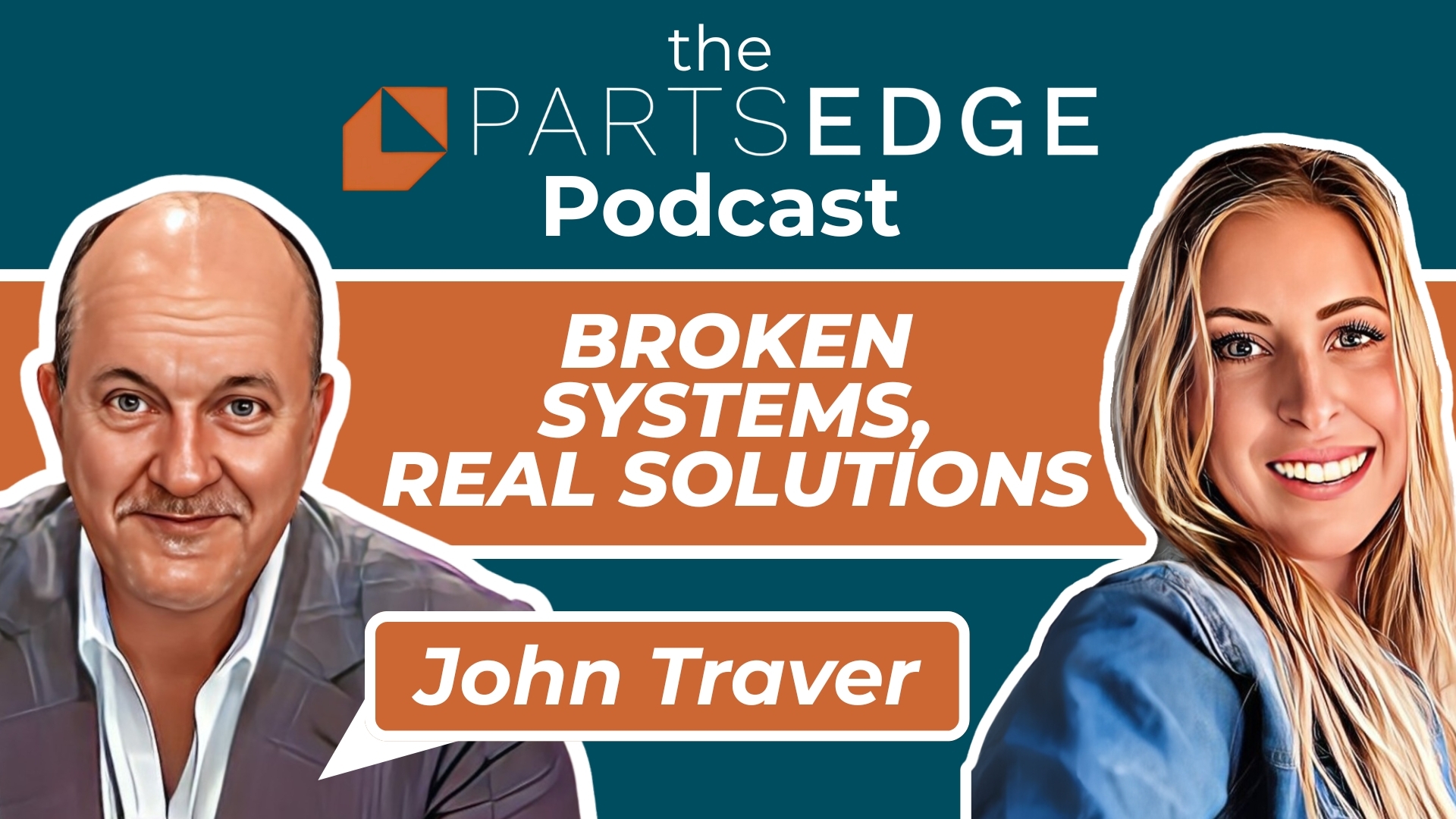John Traver | Why Most Dealerships Fail at Process and Mission

Why Most Dealerships Fail at Process and Mission
In this PartsEdge episode, Kaylee Felio interviews John Traver, founder of Traver Connect, to talk about what really drives long-term success in fixed ops. John breaks down why so many dealerships struggle: they skip the hard part of identifying what’s broken. With stories from business, football, and real-world dealerships, he shares how simple tools like mission clarity, core processes, and customer insight can transform the entire operation.
John’s leadership lens focuses on uncomfortable honesty and ruthless prioritization. This episode gives managers a framework to start asking better questions, listen to customers, and build consistent results with leaner effort.
Start by Asking What’s Broken
John opens with the question that leaders avoid but need: what’s broken? Skipping this step is like giving medicine without a diagnosis. He shares the story of Ron Wolf rebuilding the Packers by starting with brutal honesty and confronting discomfort. The same thinking applies to dealerships that want to grow. You cannot fix what you refuse to face.
Avoiding the hard questions leads to surface-level solutions. Progress only comes from clarity and discomfort.
Your Mission Should Fit on a T-Shirt
John urges leaders to simplify their mission to a few powerful words. Whether it’s Apple’s “Think Different” or Traver Connect’s “Experience Matters,” strong missions create alignment. He explains that mission clarity acts as a filter for every product, hire, and decision. It took him over a decade to define his company’s, but now it drives everything.
Dealerships with a mission outperform because they stop guessing. They stay focused, attract the right people, and filter distractions.
Fixing Service Scheduling and Customer Focus
Kaylee brings up a common frustration: why is service scheduling still broken? John breaks it down — customers want proactive communication, estimates in advance, clear options, and education about the service. Instead, most stores make people call and wait.
He explains how every business has primary and secondary customers. In dealerships, customers come first, but vendors and OEMs also influence experience. Balancing that without losing focus is key.
Takeaways
- Ask “what’s broken?” before building a plan
- Define a short, clear mission and use it to filter every decision
- Build processes for only the critical 20 percent
- Treat scheduling like a customer-facing product
- Remember your customer is the primary, always
“Malpractice is the result of prescription without diagnosis.” — John Traver

Submit a Comment
Your email address will not be published. Required fields are marked *